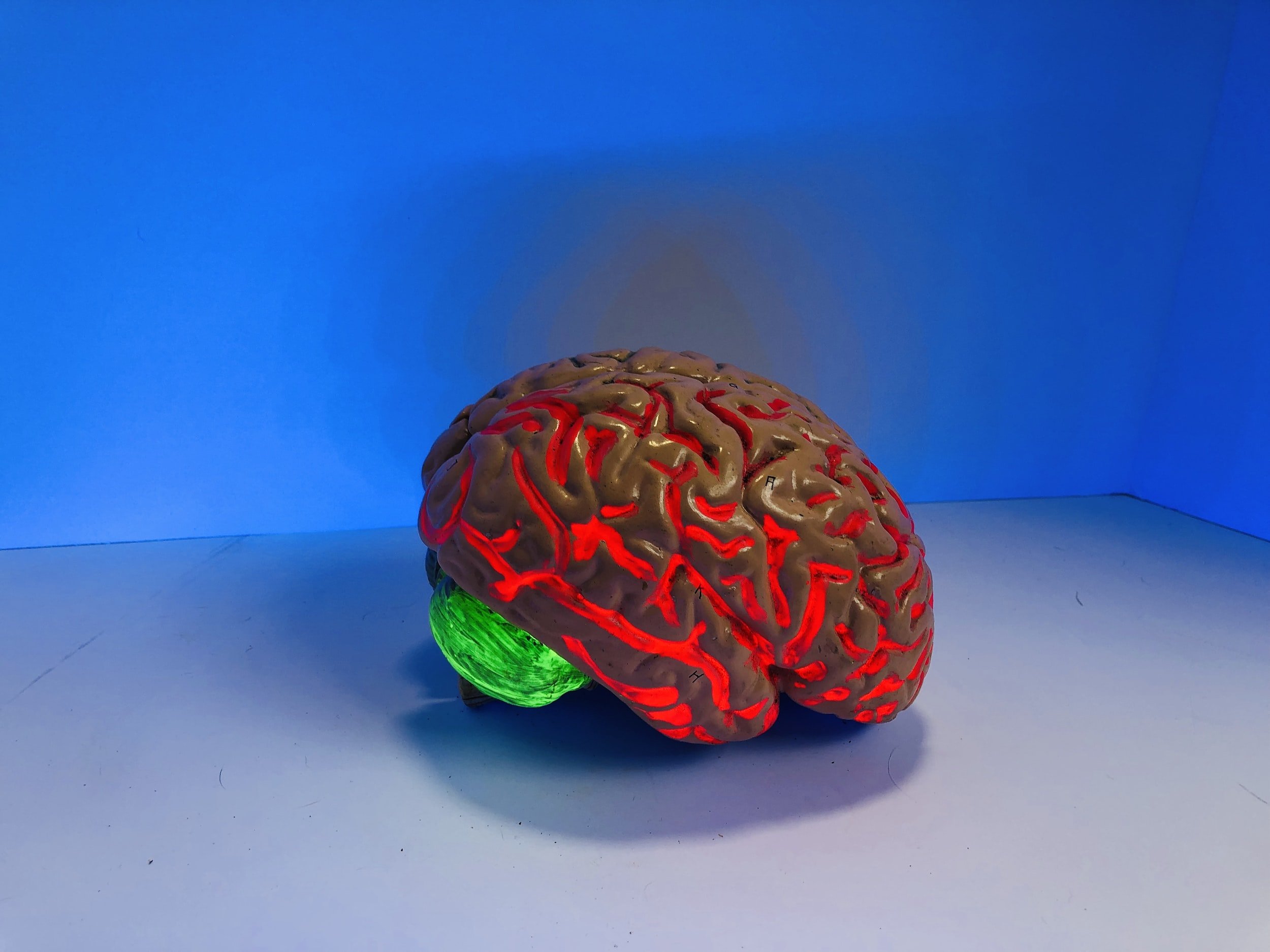Collections of blood that form in the subdural space in the brain are common in patients 50 years and older, with head trauma the common cause. The subdural space is the area between the brain surface and the dura (covering) of the brain.
Cervicalgia and Cervical Radiculopathy
Necrotizing Enterocolitis (NEC)
Lead Absorption
Evaluation and Treatment of Urinary Tract Infections
Nursing Responsibilities Regarding Temperature Instability
Risk Factors for Deep Venous Thrombosis
Dialysis Clotting
Bowel Ischemia
Acute Thrombosis of the Superior Mesenteric Artery
Sepsis
CT Angiogram (CTA)
Acute/Surgical Abdomen
Elevated Lactic Acid Levels
Acquired Versus Inherited Risk Factors for Deep Venous Thrombosis
Treatment of Incarcerated Patients
Hammertoes, K-Wires, Nonunions, Pin Migration, and Pin Removal
Stroke, Intravenous tPA, and Last Known Well (LKW) Time
Intravenous tPA is the only FDA-approved (since 1996) medication for the management of acute ischemic stroke. tPA is a thrombolytic agent that breaks down the fibrin that binds clots together. When administered to a patient having an acute ischemic stroke, tPA has been demonstrated to reduce long-term disability.




















